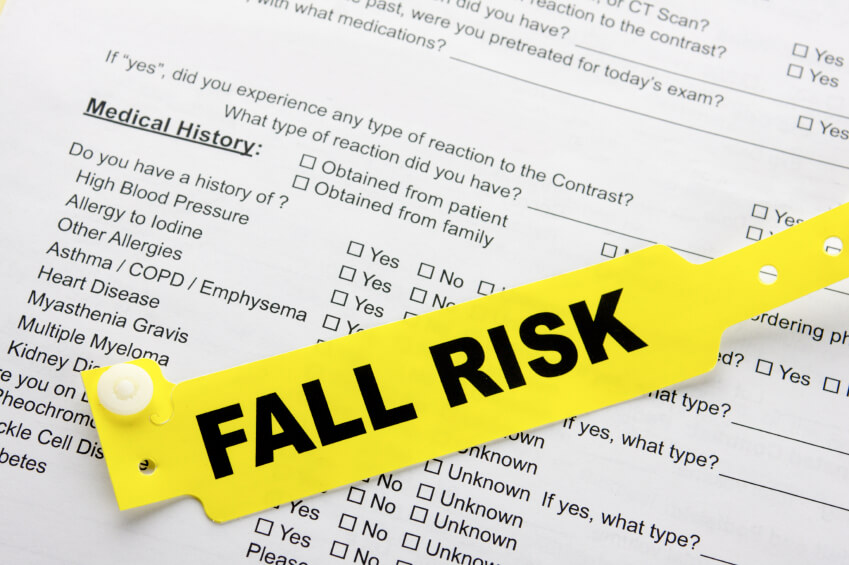
Nursing homes are designed to make residents feel safe and comfortable. But they are also a place where accidents can happen. In fact, there is a significant risk of falls, slips and trips, and these can result in serious injury.
Depending on the circumstances, the consequences of a fall can range from a few cuts and bruises to significant breaks – particularly amongst those suffering from osteoporosis or arthritis – and potentially even death.
According to the World Health Organisation, 28% to 35% of people aged over 65 will fall every year worldwide, with 424,000 people dying annually as a result.
So how can the risk of falls be reduced in nursing homes?
1. Arrange slip testing
One of the best and simplest ways to make sure nursing homes are safer is to arrange floor slip testing. Specific advice tailored to individual circumstances is available, taking into account any particular disabilities such as vision problems or vertigo experienced by residents.
Following a slip assessment, you will be provided with advice on the safety of your floor, including whether:
- It complies with relevant Australian Standards.
- The floor material itself is inherently slippery.
- Certain types of cleaning products should be avoided.
- There’s a higher risk of flooding and associated slipperiness during high rainfall periods.
Once you have more information about the safety of your flooring, you will be provided with advice on how to fix any issues identified as a result of the slip resistance testing.
2. Invest in structural changes
If residents are at risk of injuries through falls, modifications such as grab rails and ramps can help. It’s also important to ensure that all areas of a nursing home have adequate lighting, and that light switches can be easily accessed. Consider making these changes inside and outside, particularly in areas where there are steps, steep slopes or other uneven surfaces.
3. Eliminate obvious risks
Pay attention to obvious risk factors such as spilled liquids (which should be cleaned up immediately) and trip factors like loose rugs or pieces of paper on the floor. Tidy up and make sure that any areas with steps or uneven surfaces are clearly marked and easy to identify.
4. Who you going to call?
Having taken steps to ensure that the risk of falls is as low as possible doesn’t necessarily completely safeguard you against them occurring. If an accident does happen, then it is important that medical assistance can be obtained easily and quickly, no matter the circumstances. This may mean having a telephone connection in every room, or emergency alert buttons installed. There are also personal emergency alert devices available that can be worn by residents at all times.
As the WHO figures show, the risk of slips, trips and falls is very real.

